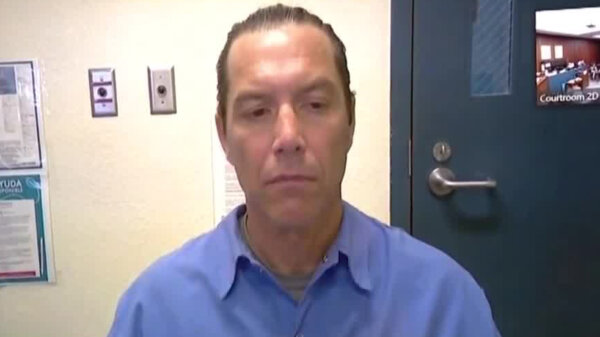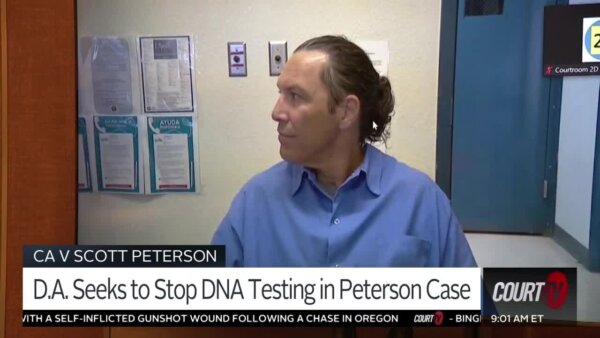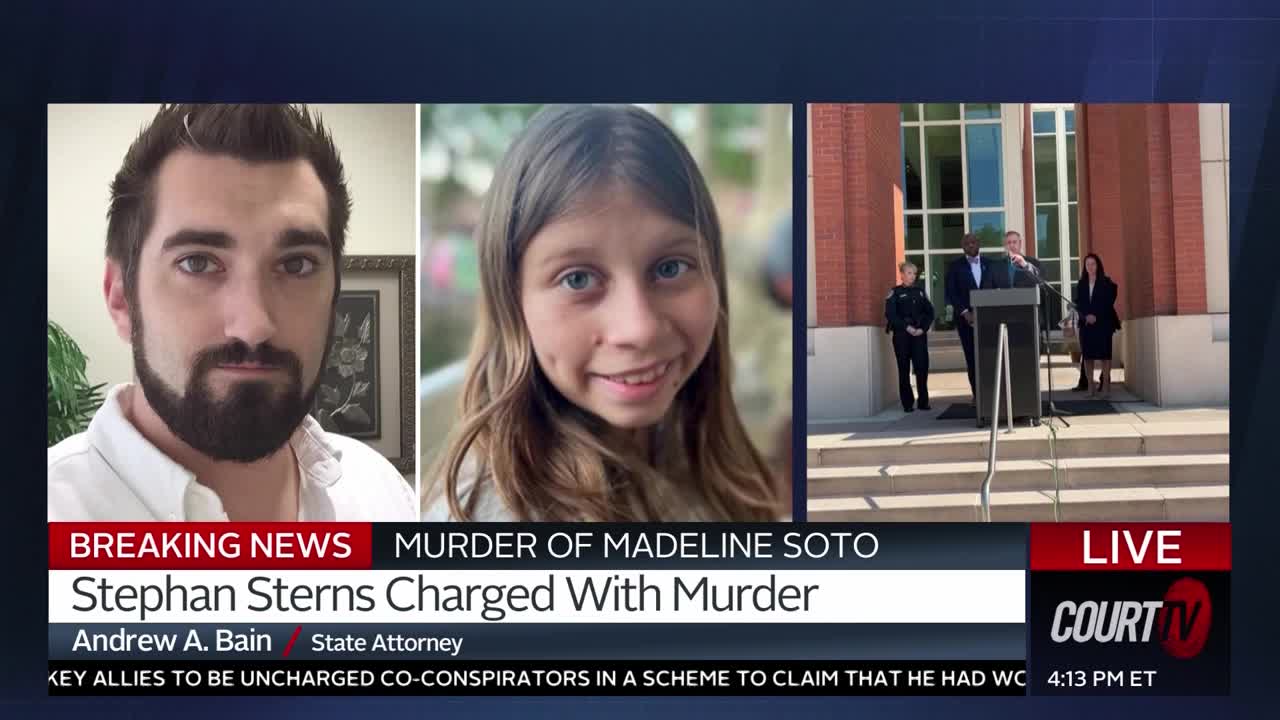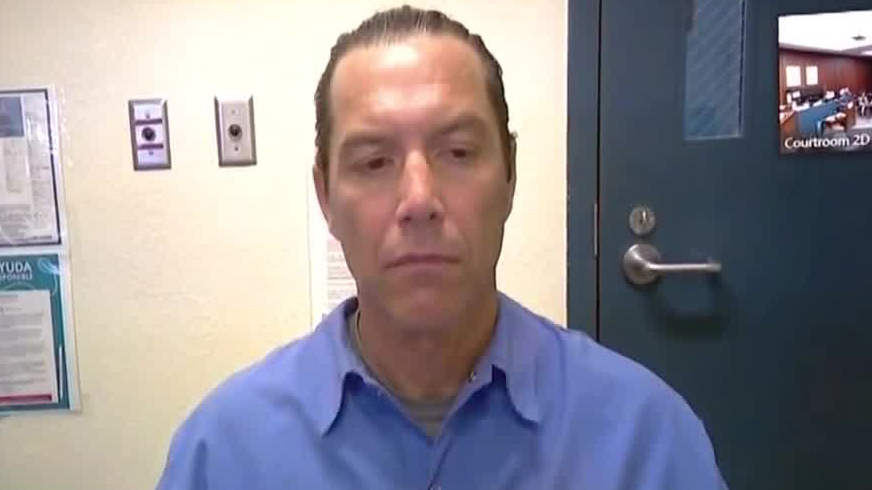Accessory to a crime: Any person connected to a crime before or after the crime happened but was not present when the crime was committed.
Acquittal: A verdict of not guilty. A decision of a court that a defendant prosecuted for a criminal offense is not guilty.
Adjournment: Putting off or postponing court proceedings; an ending or dismissal of further business by a court, either temporarily or permanently. If an adjournment is final, it is called “sine die” or “without delay” or without a fixed time to resume the work.
Alford plea: Registers a formal admission of guilt towards criminal charges while the defendant maintains their innocence toward those same charges, as defined by Cornell Law School.
Allen Charge: A charge to a deadlocked jury to keep deliberating to reach a verdict and prevent a hung jury.
Arraignment: The first step in a criminal proceeding where the defendant is brought in front of the court to hear the charges against them and enter a plea, as defined by Cornell Law School.
Autopsy: An examination of a body after death, performed by a Medical Examiner, to determine the cause of death.
Bail: The money or bond put up to secure the release of a person who has been charged with a crime. For minor crimes, bail is usually set by a schedule that will show the amount to be paid before any court appearance (arraignment). For more serious crimes, the judge sets the amount of bail at the suspect’s first court appearance.
Bail bondsman: The person who puts up the money needed to get the release of the accused.
Bar examinations: The examinations that law school graduates need to pass in order to practice law in a state or federal court.
Bench trial: A trial where the judge will find the facts and apply the law instead of letting a jury decide the law.
Brady violation: The Brady Rule was named after a 1963 case decided by the United States Supreme Court, and it governs discovery issues in criminal trials. Under its terms, the prosecution must turn over all exculpatory evidence to the defense; this is evidence that is favorable to the defendant and, therefore, might exonerate him or impeach the credibility of a state witness. The evidence must be material to the case, meaning that if it were divulged prior to or during the trial, it would affect the verdict.
Concurrent sentences: Prison sentences for more than one crime which are to be served at one time. When a criminal defendant is convicted of two or more crimes, a judge sentences him/her to a certain period of time for each crime. Then, out of compassion, leniency, plea bargaining, or the fact that the several crimes are interrelated, the judge will rule that the sentences may all be served at the same time, with the longest period controlling.
Consecutive sentences: Prison sentences for more than one crime which are to be served one after the other, not at the same time.
Death:
- Cause of death: An official determination of a specific injury or disease that leads to a person’s death. The cause of death is determined by a Medical Examiner or Coroner.
- Manner of death: The determination of how a person died. There are five manners of death (S.H.A.U.N.)
- Suicide: The act or an instance of taking one’s own life voluntarily or intentionally.
- Homicide: The deliberate and unlawful killing of one person by another person; murder.
- Accidental: A death that occurs because of an accident.
- Undetermined: An unnatural death without a clear preponderance of evidence supporting a specific manner.
- Natural cause: Death that occurs as a result of aging or disease, not by external forces.
Death row: Nickname for the portion of a prison in which prisoners are housed who are under death sentences and are awaiting appeals and/or potential execution.
Defendant: A person or group against whom a criminal or civil action is brought. Someone who is being sued or accused of committing a crime, as defined by Merriam-Webster.
Deposition: An examination or questioning of a witness in a case before a trial begins. This reduces the risk of putting a witness on the stand to testify during a trial without knowing in advance what the person will say. Depositions are usually held in an attorney’s office for one of the parties. A stenographer takes down what is said during the deposition and produces a written transcript of it. Some jurisdictions allow for the video recording of a deposition if the attorneys involved in the case agree to it.
Discovery process: The process by which the parties in a case exchange evidence and information with each other about the case.
Exculpatory: Evidence that tends to justify or exonerate a defendant’s actions and may show that they had a lack of criminal intent. It is the opposite of inculpatory evidence, which tends to incriminate or prove guilt.
Felony: A crime for which the punishment is death or imprisonment in a state prison for more than one year. Felonies are typically more serious crimes and are handled differently from misdemeanor cases.
Franks Hearing: A court proceeding where the court is asked to determine whether a member of law enforcement lied in obtaining a search warrant. If a defendant in a court case has reason to believe that one of the police officers involved in the case lied to obtain a search warrant, there may be grounds for a Franks hearing.
Hearsay: An out-of-court statement made by the declarant offered to prove the truth of the matter asserted.
Indictment: A charge of a felony (serious crime) voted by a Grand Jury based upon a proposed charge, testimony from witnesses and other evidence presented by the District Attorney.
Jury: A group of people empowered to make findings of fact and render a verdict for a trial, as defined by Cornell Law School.
- Deadlocked jury: A jury that, despite honest attempts, cannot reach a verdict by the required voting margin, resulting in a mistrial. Also known as a hung jury, defined by Cornell Law School.
Jury instructions: Following the closing arguments, the judge “charges the jury” or informs them of the appropriate law and of what they must do to reach a verdict, as defined by the U.S. Department of Justice.
Jury tampering: Attempting to corrupt or intimidate a jury to make a decision you want the jury to make.
Misdemeanor: A crime for which the punishment is less than one year in jail.
Motion for Judgment of Acquittal (JOA): A motion for judgment of acquittal rests on the claim that the evidence at trial was insufficient for a conviction. The defendant argues that no reasonable jury could reasonably find guilt beyond a reasonable doubt, so the defense moves for Judgment of Acquittal. The judge in the trial then grants or denies the motion.
Motion in Limine: A motion made at the start of a trial requesting that the judge rule that certain evidence may not be introduced in the trial. The motion is frequently used at pre-trial hearings or discussed during trial outside the presence of the jury. Limine is Latin for “threshold.”
Murder:
- First-degree murder: The intentional killing of another person by someone who has acted willfully, deliberately, or with planning, as defined by Cornell Law School.
- Second-degree murder: A homicide that is not associated with malice or any premeditation but it still from a result causing harm. It is a more serious crime than manslaughter.
Nolo Contendere: A plea of guilt in the hope that a less severe punishment will be given.
Par delictum: A Latin phrase that means equal guilt, equal wrong or equal fault.
Plaintiff: In a civil matter, the party who initiates a lawsuit (against the defendant), as defined by Cornell Law School.
Plea bargain: When a defendant agrees to plead guilty, or in some cases no contest, in exchange for the prosecutor reducing sentence or charges.
Prejudicial evidence: Evidence that is introduced with the sole role of wrongfully influencing the jury.
Probable cause: A requirement found in the Fourth Amendment that must usually be met before police make an arrest, conduct a search, or receive a warrant, as defined by Cornell Law School.
Proffer: When attorneys offer the actual testimony sought to be entered into evidence by having the witness answer questions on the record but outside the presence of the jury.
Prosecutor: A lawyer who initiates prosecution of criminal offenses and presents the case for prosecution in a criminal proceeding. The official name for the position of state prosecutor is district attorney, as defined by Cornel Law School.
Recess: A short break in a trial or other court proceedings until a certain date and time.
Sequestration: The act of a judge issuing an order that a jury or witness be kept apart from outside contacts during trial.
Search and seizure: The methods used to detect a crime that includes searching and taking property and data that can be used by the prosecution of the criminal.
Setting aside a verdict: The annulment of a court decision that is often made by a higher court.
Settlement out of court: An agreement of opposing parties to settle a matter outside of a court before the case reaches court.
Sidebar: A conference between a presiding judge and the attorneys on both sides while a court is in session to discuss some matter that has arisen.
Special prosecutor: A prosecutor who is independent of an office that would normally exercise jurisdiction in a criminal investigation – to avoid potential conflicts of interest or to facilitate subject matter area expertise, as defined by Cornell Law School.
Split sentence: A sentence with jail time and a fine to be paid where the jail time is suspended but the fine needs to be paid.
Statute of Limitations: Maximum amount of time a litigate has to sue or bring charges after an incident occurs.
Subpoena duces tecum: A Latin phrase for a subpoena that orders a person to bring documents to court.
Summary judgment: A procedural device used to promptly and expeditiously dispose of a case without a trial. It is used when there is no dispute as to the material facts of the case and a party is in entitled to judgment as a matter of law. Any party may move for summary judgment. A judge may also determine that summary judgment is appropriate. The purpose of summary judgment is to avoid unnecessary trials.
Supervening cause: A legal action that stops another cause of action from being determined.
Suspended sentence: When a judge sentences a defendant to jail or prison time but then delays imposing the sentence in order to let the defendant serve time on probation, as defined by Shouse California Law Group.
True bill: The written decision of a Grand Jury (signed by the Grand Jury foreperson) that it has heard enough evidence from the prosecution to believe that an accused person probably committed a crime and should be indicted, as defined by Law.com.
Two-party consent: When all parties consent to a wiretap that is needed in some states to be legal.
Temporary injunction: A preliminary restraining order stopping a person from carrying out an action until the court makes a decision.
Third-party:
- A person not connected to a contract but may be affected by its outcome.
- A person other than the defendant and the plaintiff who is brought into a case.
Verdict: A jury’s findings or conclusions on the factual issues presented by a case. Sometimes, the term also refers to the judge’s resolution of issues in a bench trial, as defined by Cornell Law School.















